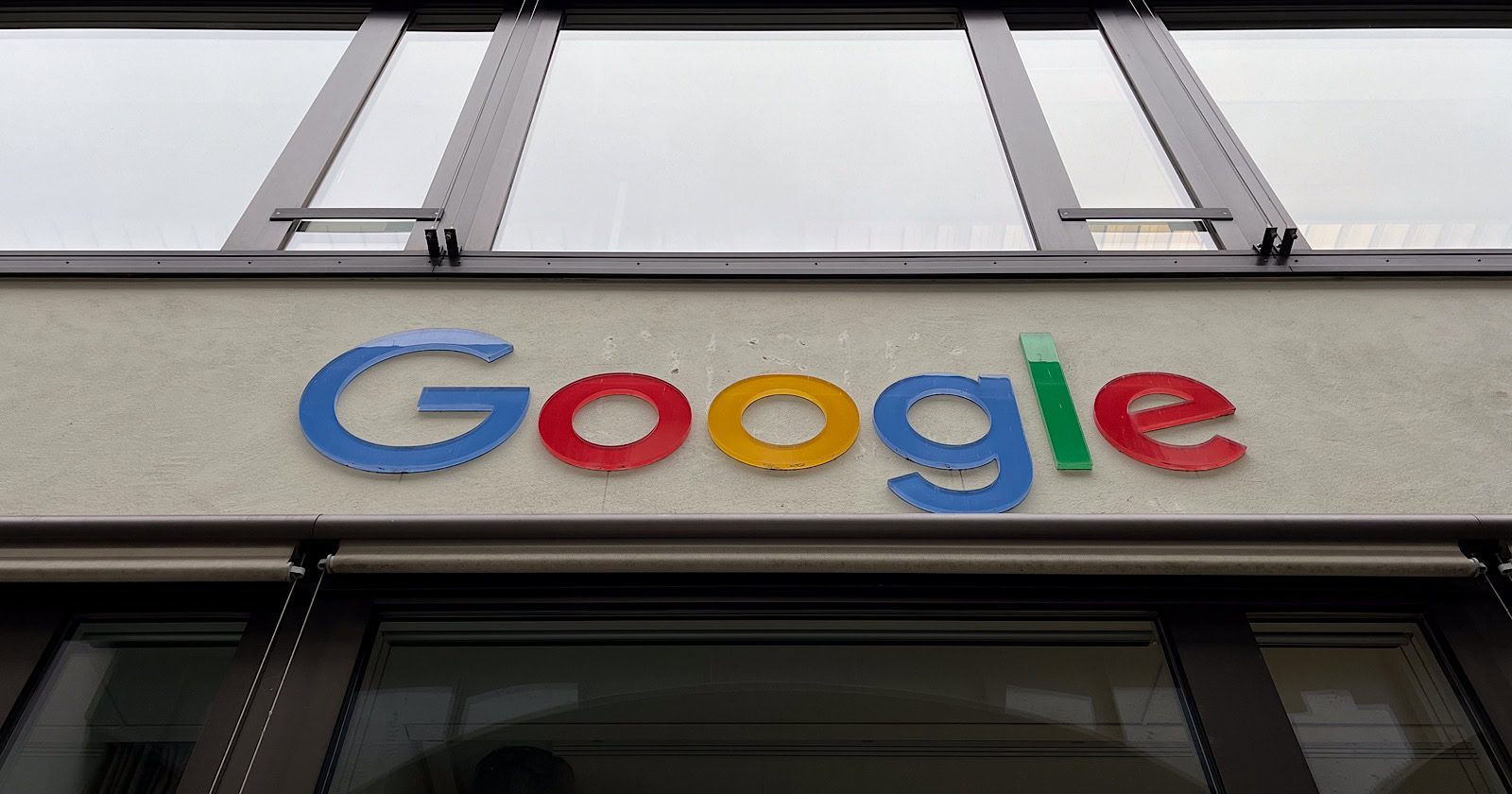Google SERPs Without Favicons Is A Glitch via @sejournal, @martinibuster
Last week, reports claimed Google was testing mobile search results without favicons or colors, eliminating any advantage conferred by a well optimized favicon. However, a Google representative confirmed this was not a test.
Favicons In Search Results
The word favicon is short for “favorite icons,” an image meant to be shown in browser tabs, in bookmarks and in Google search results. Google recently recommended that publishers use favicons that are at least 32×32 pixels in size.
Google shows favicons in search results, which makes it a subtle way for ranked websites to attract attention and traffic. For that reason it would be a blow for many websites should Google remove the favicons because it would further erode search visibility.
Favicons Missing?
Lily Ray tweeted a screenshot showing that the favicons were missing in search results.
Google testing organic results with NO favicons or colors. 👎🏽 pic.twitter.com/zhcdnQ04bv
— Lily Ray 😏 (@lilyraynyc) November 8, 2024
The screenshot clearly shows that the favicons are missing from the search results. However the reason for that happening turned out to be something else entirely.
Googler Rajan Patel, VP of Engineering at Google, tweeted a response that explained that this was not the way the search results should be displaying. He explained that this kind of search result is meant for low end devices that can’t support rich results.
He tweeted:
This isn’t intended. @lilyraynyc Did you have JavaScript disabled on the device? What kind of device was it? The experience you’re showing is what we show for lower end devices that can’t support the richness of the search result page.”
Lily Ray responded:
“JS is not disabled. iPhone iOS 18.1 on an iPhone 15 pro. I was either using the Chrome app or Google app to search, can’t remember which.”
Rajan Patel speculated that it may have been a misconfigured experiment.
Glitches At Google
It turns out to be an example of Google glitching. Something that wasn’t explored is the whether the Internet connection or latency may have played a role in causing Google to react to the SERP request as if it was being made from a low quality device. In any case, it’s an example of how complex serving search results can be.
Featured Image by Shutterstock/tomertu










